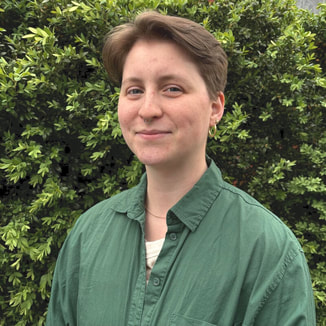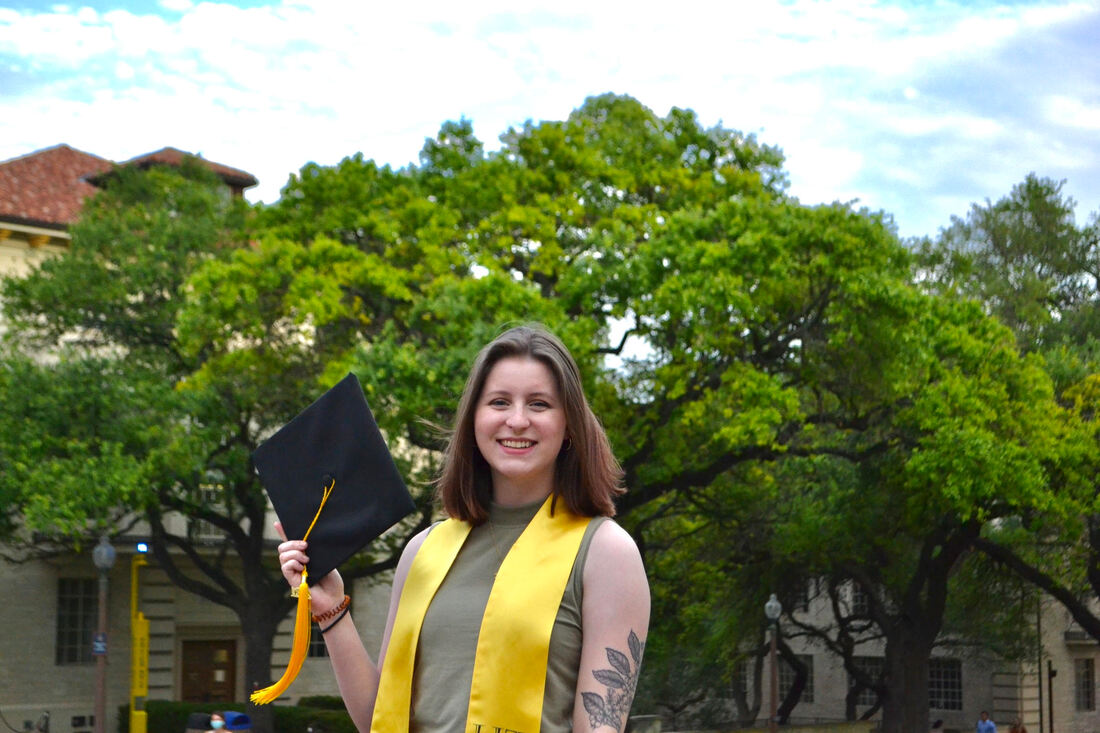Hello, I'm Adrian Crawford! (they/them)Current WorkMy current project on supernovae (SNe) harnesses the power of machine learning by creating a data-driven classifier to identify rare, doubly-peaked Type IIb supernovae for crucial follow-up observations admit the millions of transient alerts in the forthcoming age of LSST and Big Data astronomy.
It's important that LSST can quickly and reliably identify a multitude of transient events so astronomers know where to focus their time and energy. Currently, most training data sets for LSST on supernovae use simulated data, but theory doesn't always match reality, so it's important to create data-driven training sets that comprise of real observations of supernovae. |
I am currently a 3rd year Ph.D. candidate at the University of Virginia. I am working with Maryam Modjaz as part of the Modjaz Explosions and Transients Astronomy Lab (METAL). I've done work on the very small (white dwarfs), to the very largest (galaxy clusters), and now to the most energetic (supernovae). I have experience using theoretical, analytic, and computational methods in my research.
I graduated from UT Austin in May 2021 with a B.S. in Astronomy and a B.S. in Physics. I earned my M.S. in May 2023 on the way towards my Ph.D. |
Previous Research
My first PhD project was studying the effects of mixing during galaxy cluster mergers and its effect on the entropy. To do this, I created galaxy clusters models and analytical descriptions and predictions of their entropy during merger events. In this research I used C++ to create the cluster models and Python to script the models and perform data analysis and visualizations. This work was in performed in collaboration with Dr. Craig Sarazin and is currently in draft for publication.
My previous undergraduate work, on galaxy cluster shapes, was published in the Monthly Notices of the Royal Astronomical Society (MNRAS) under the title "Brightest Cluster Galaxies Trace Weak Lensing Mass Bias and Halo Triaxiality in The Three Hundred Project". In this project, I utilized Python (Pandas, NumPy, SciPy, sk-learn, & matplotlib) to:
- Clean the dataset by identifying messy and unusable images through a system of flags developed on a subset of the full data set
- Assess the accuracy of three different shape measurements by computing offsets from true values and creating flags to tag inaccurate measurements
- Compute the Spearman Correlation Coefficient of multiple pairings of shape measurements with bootstrapping techniques
- Develop various data visualizations showcasing the shape measurements and correlation strengths using matplotlib
Research Areas
Current: Fast Transients: Supernovae; Machine Learning
Past: Galaxy Clusters: modeling, entropy, simulations; White Dwarfs: pulsations, modeling
Past: Galaxy Clusters: modeling, entropy, simulations; White Dwarfs: pulsations, modeling
Technical Skills
Languages: Python, C++, Unix/Bash, SQL, Mathematica, LaTeX
Software and Libraries: Pandas, NumPy, SciPy, Matplotlib, Sci-Kit Learn, Excel, Google Sheets
Software and Libraries: Pandas, NumPy, SciPy, Matplotlib, Sci-Kit Learn, Excel, Google Sheets


